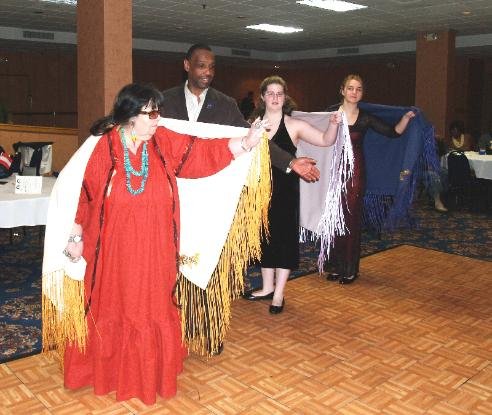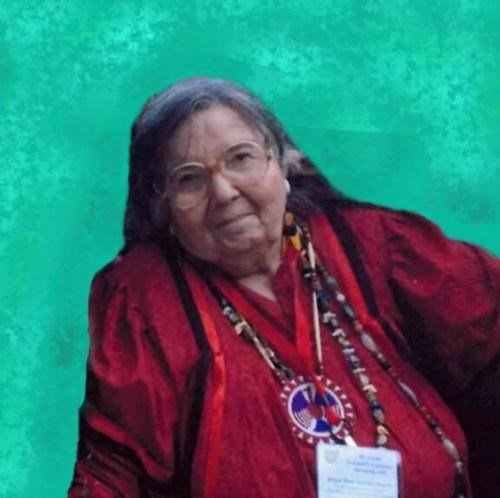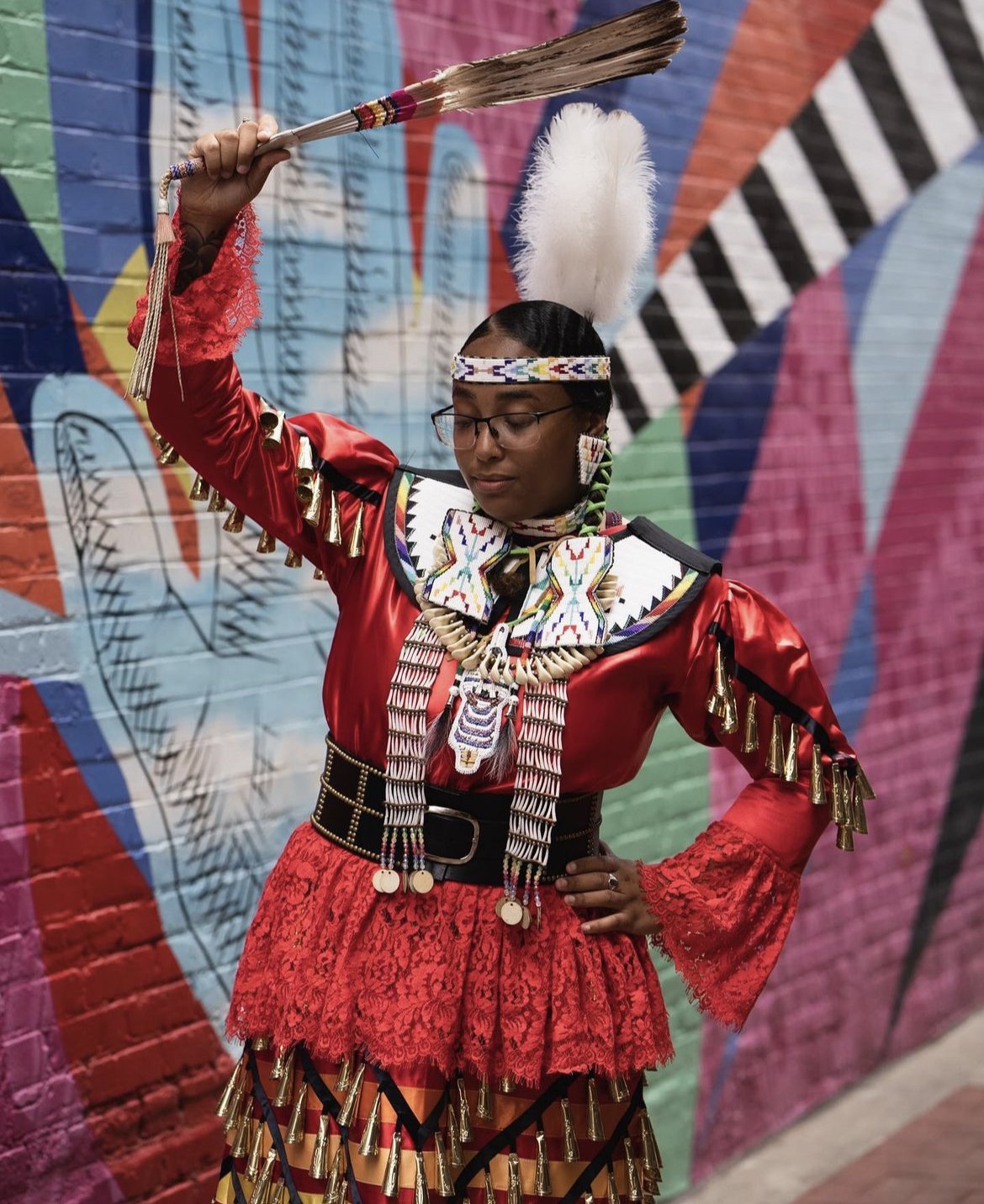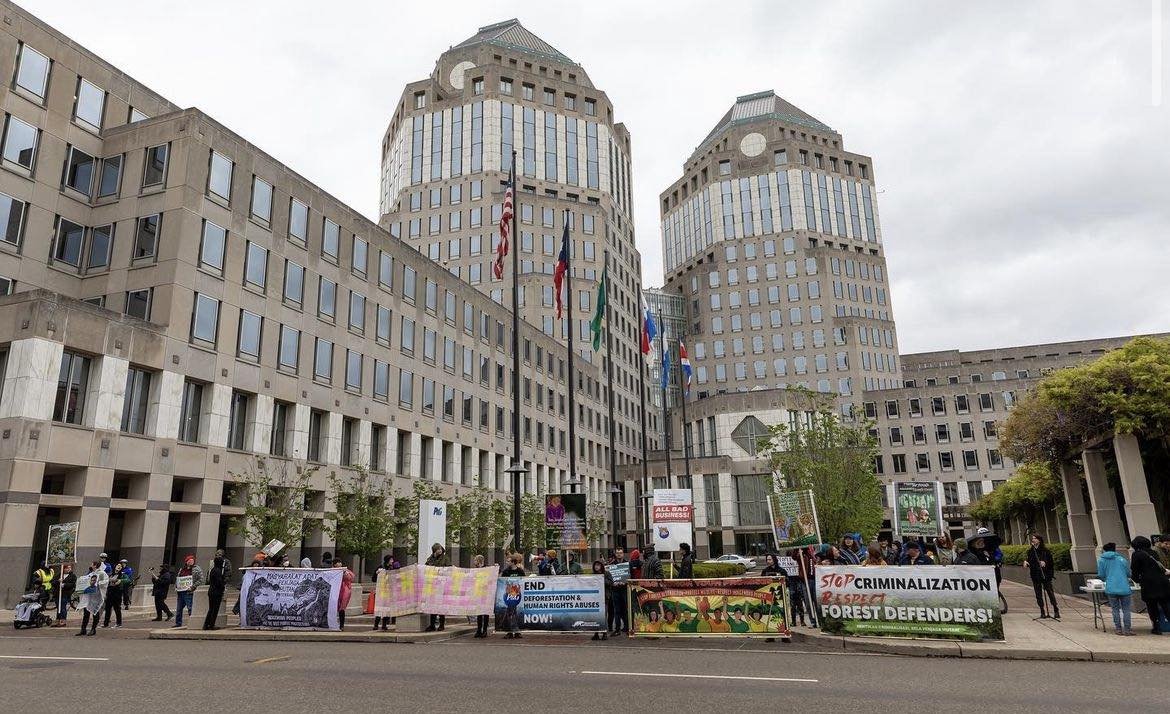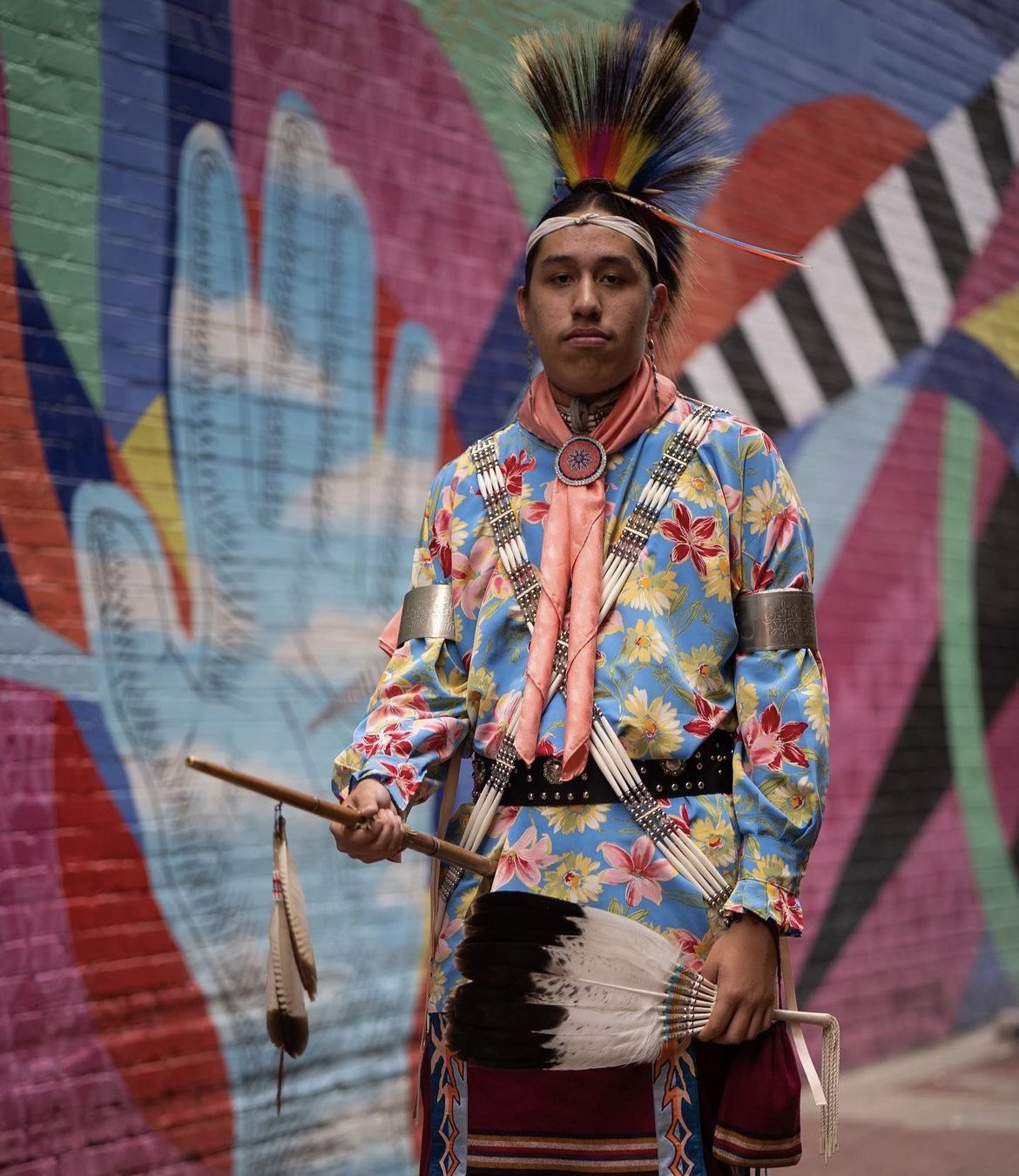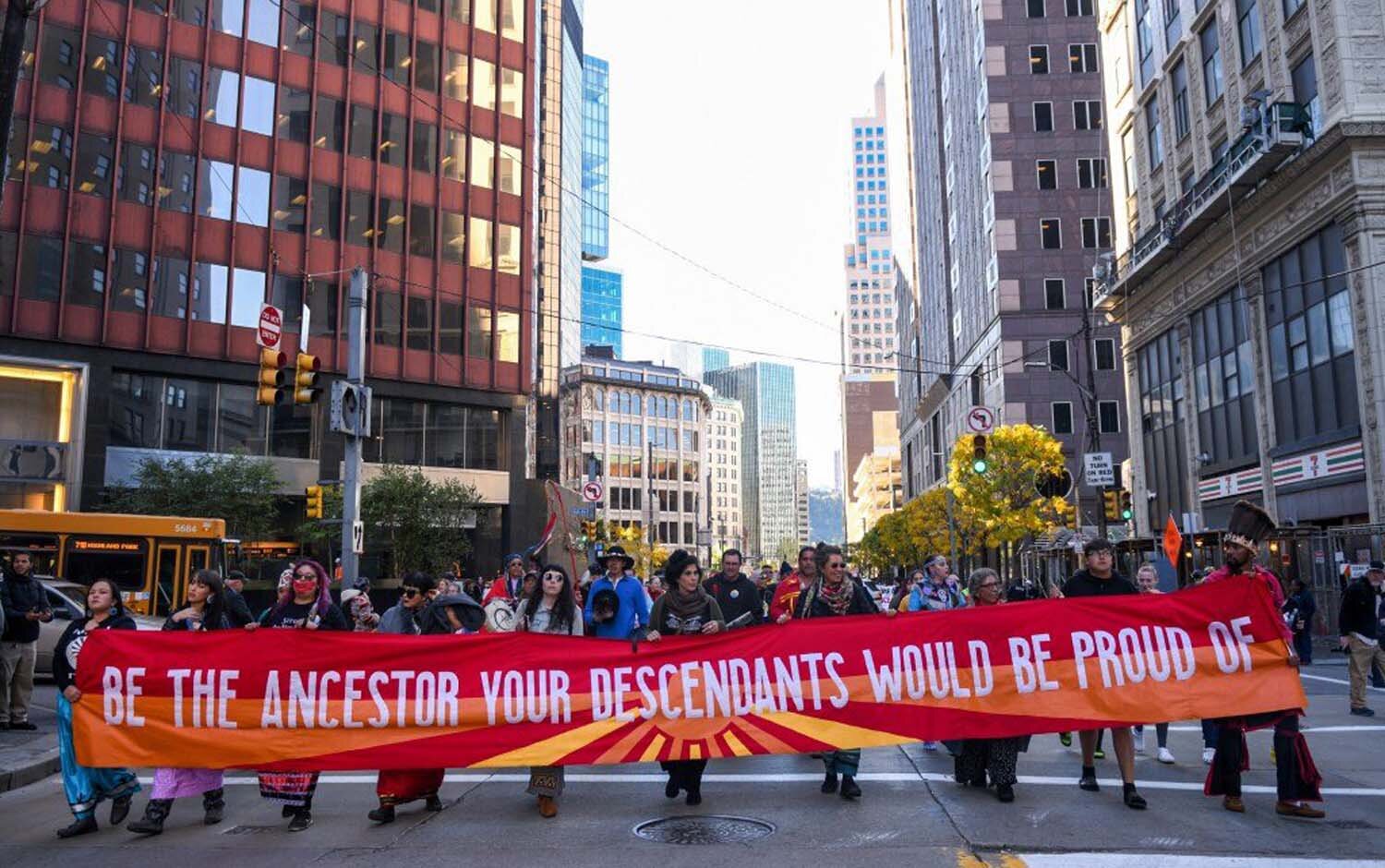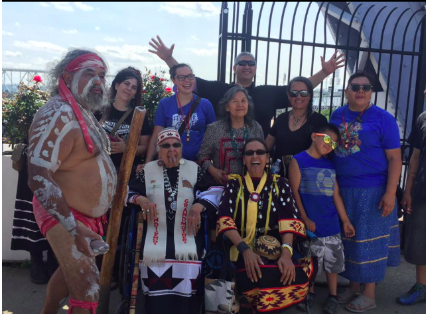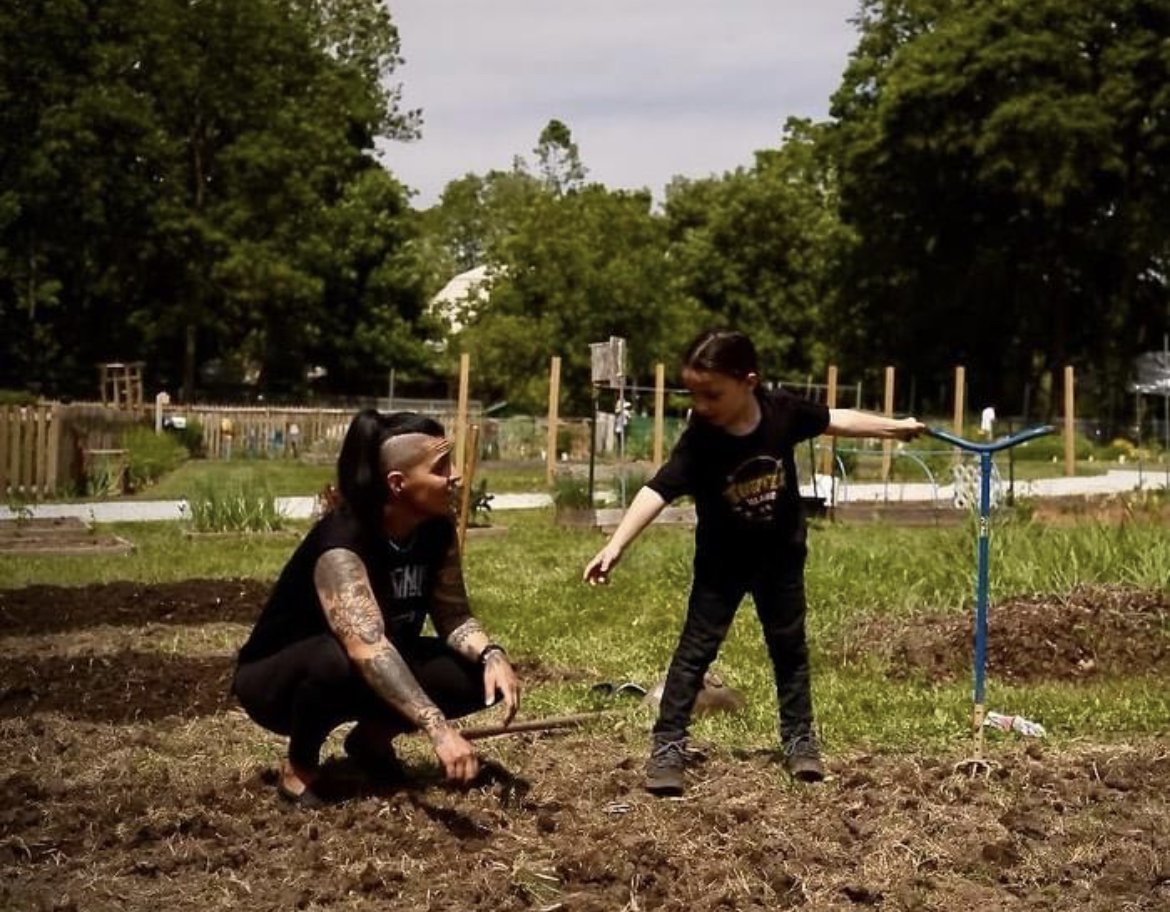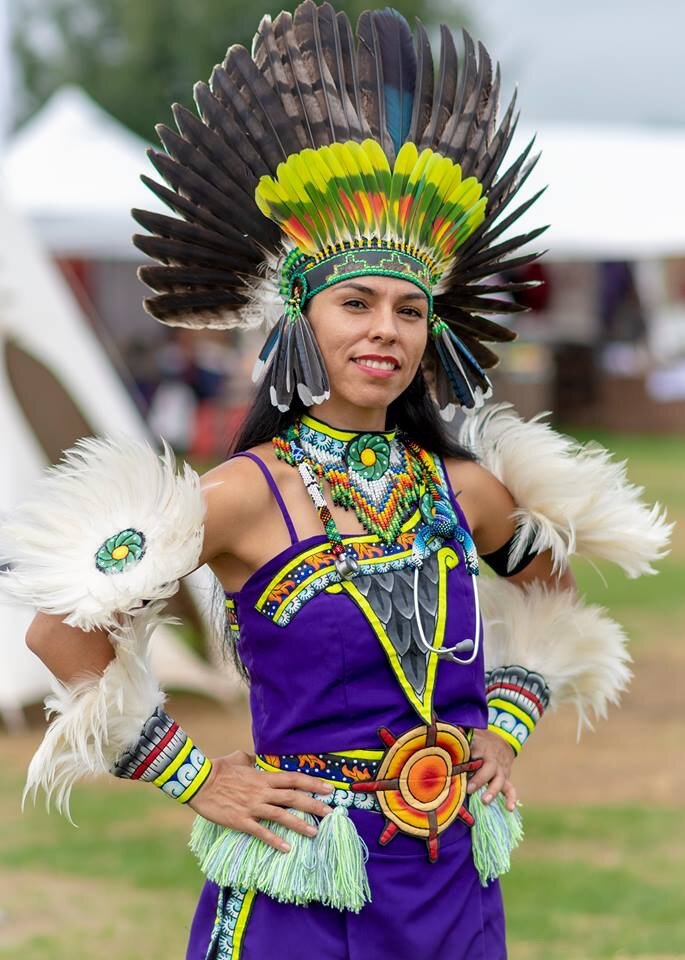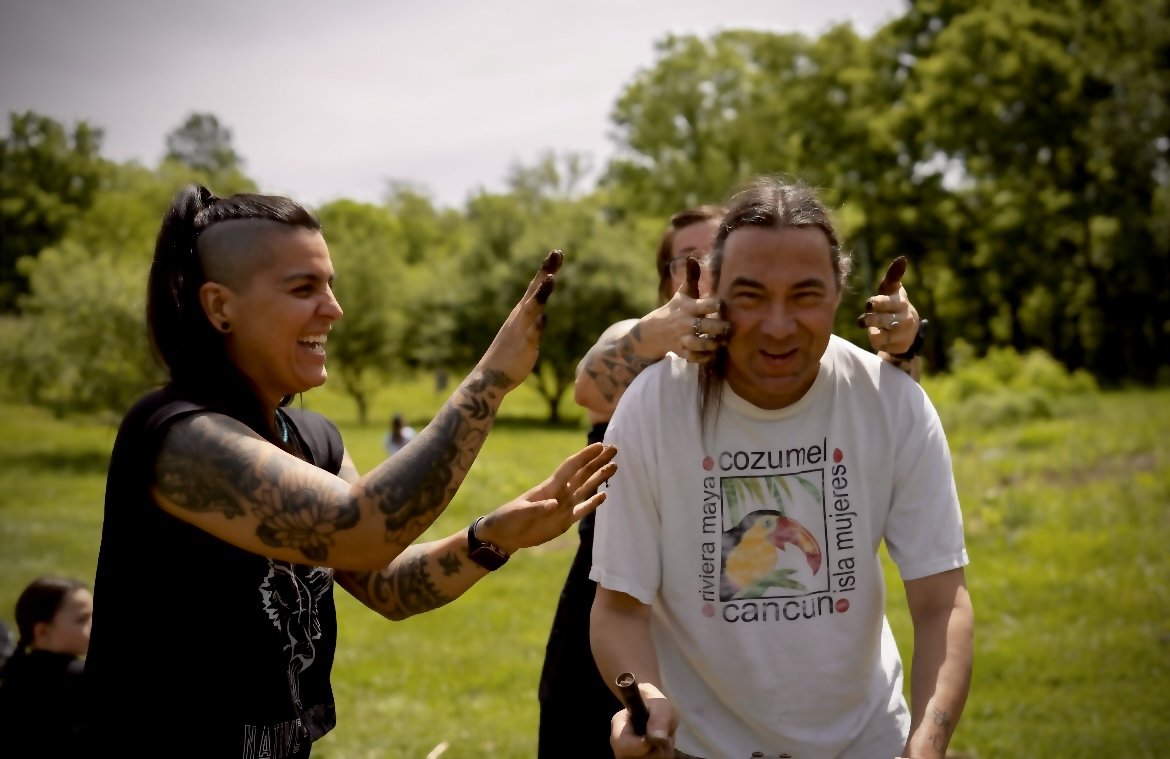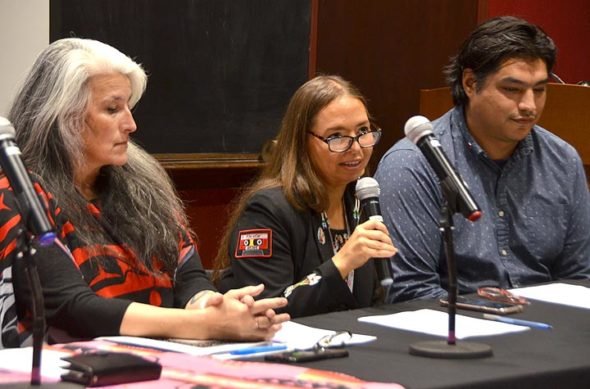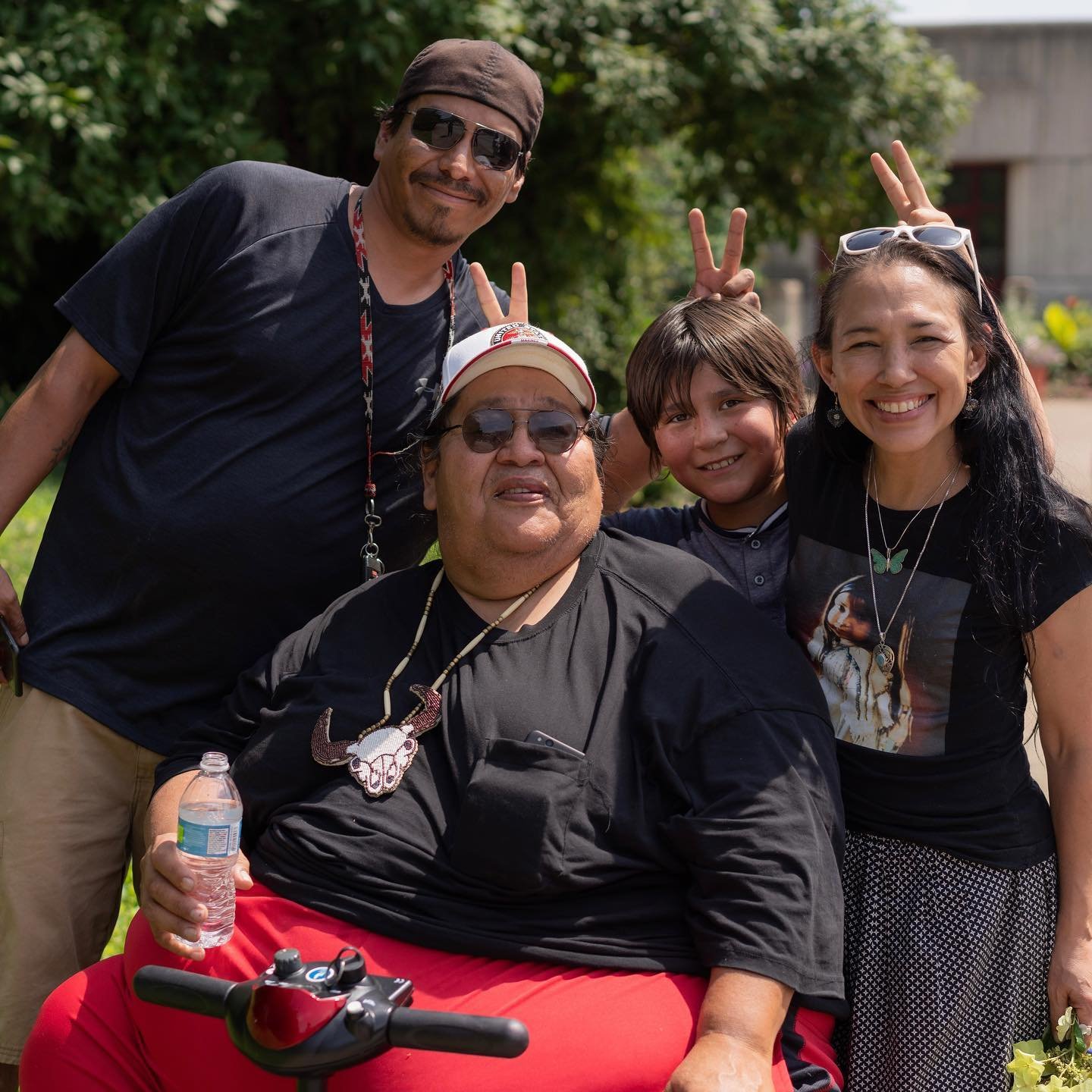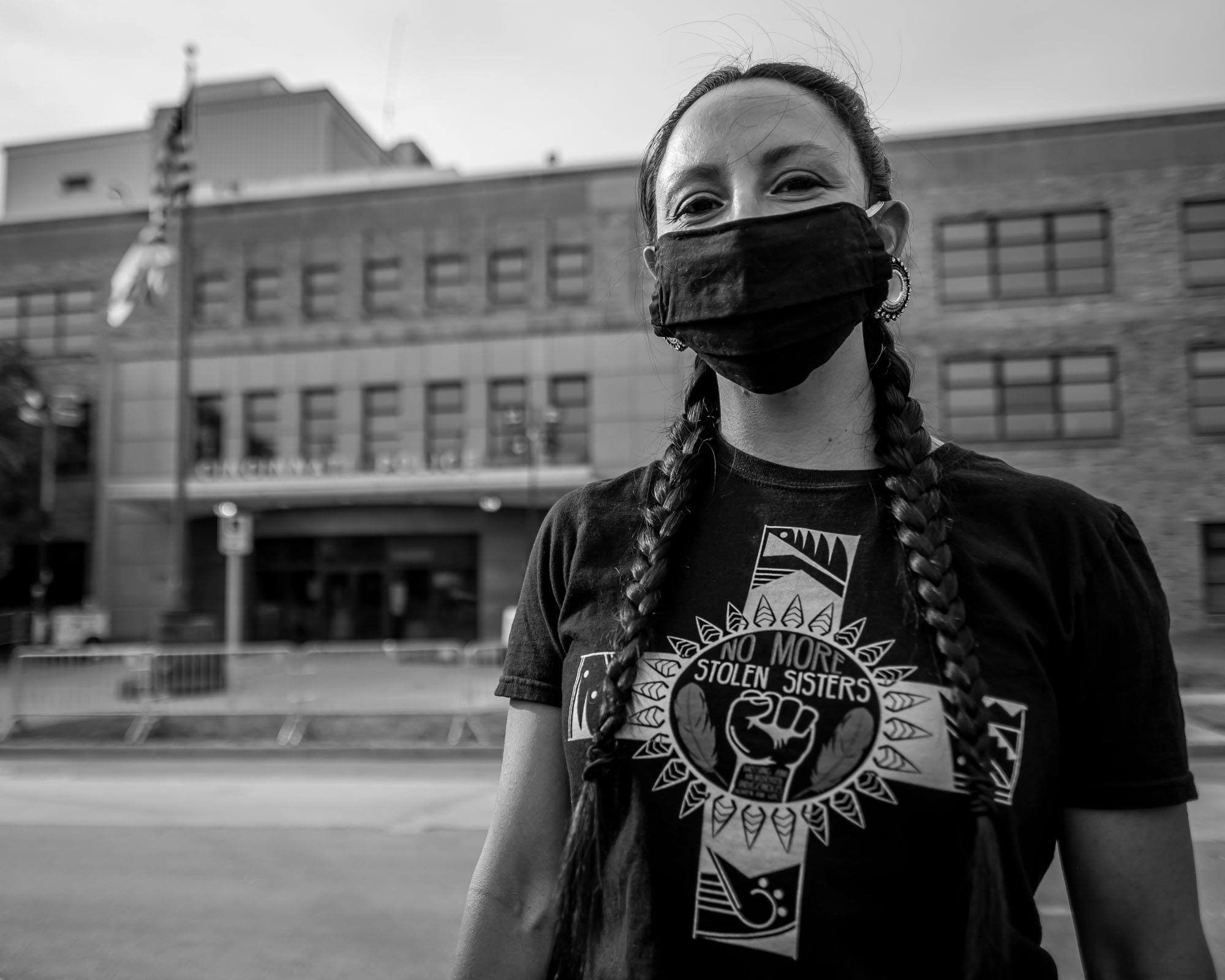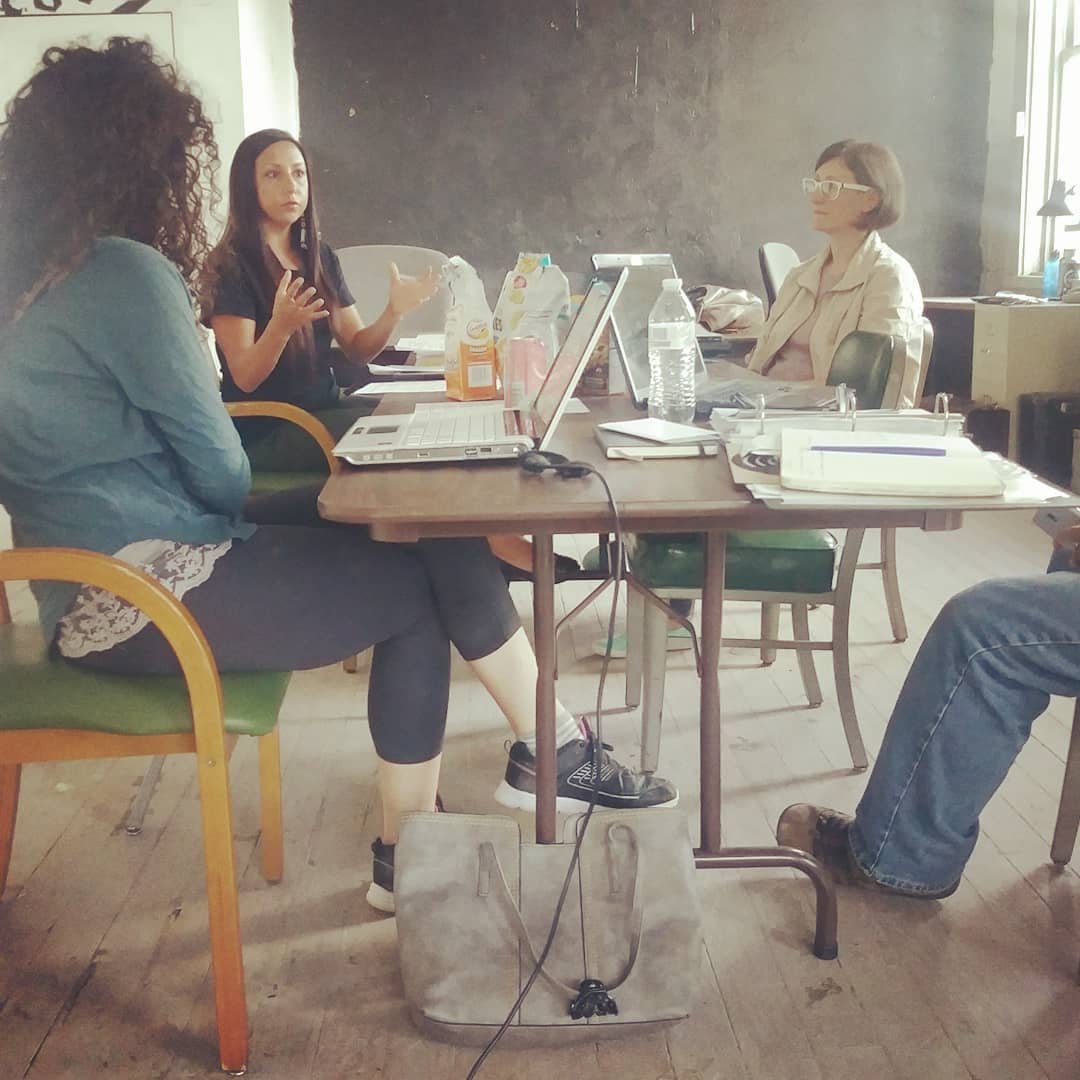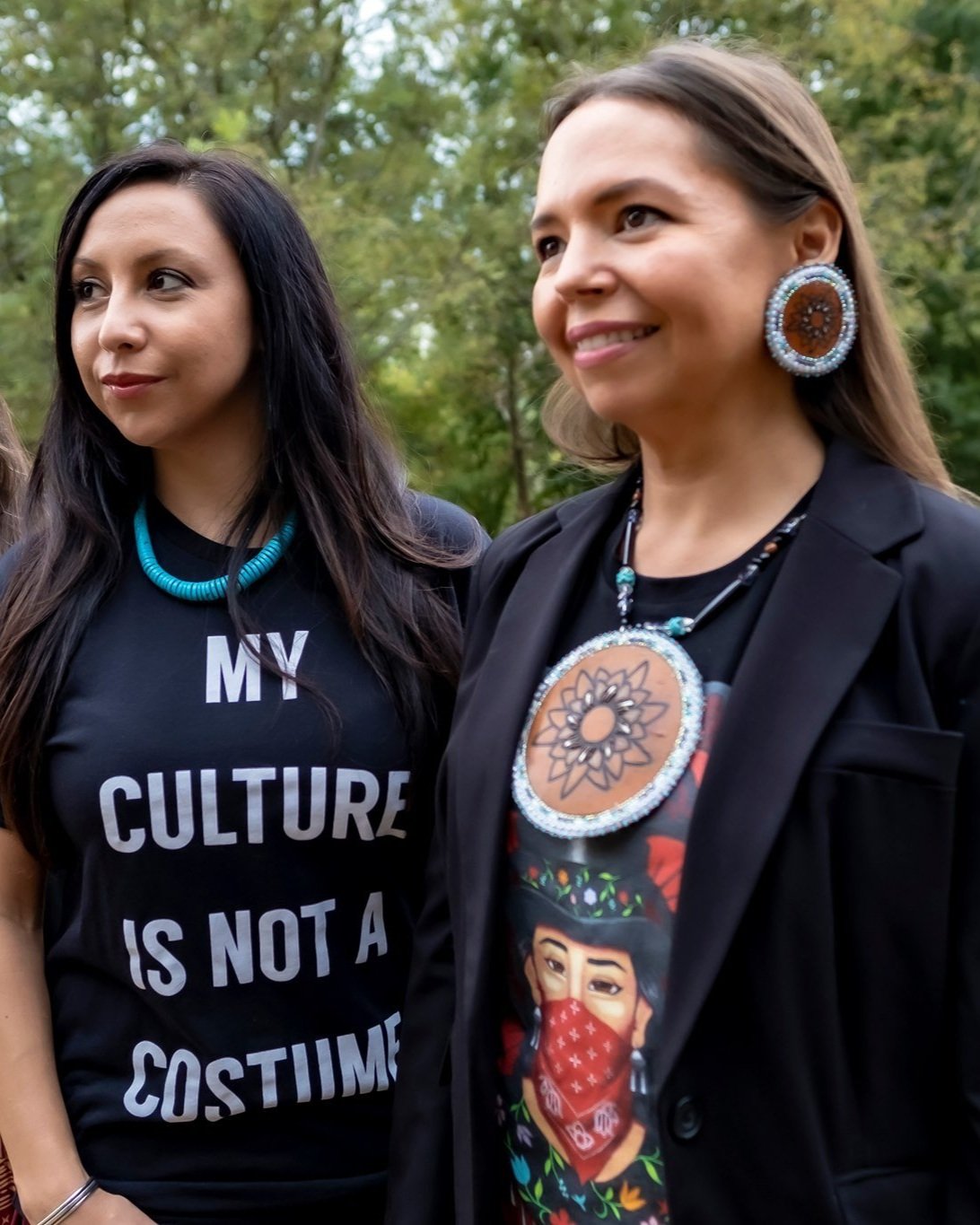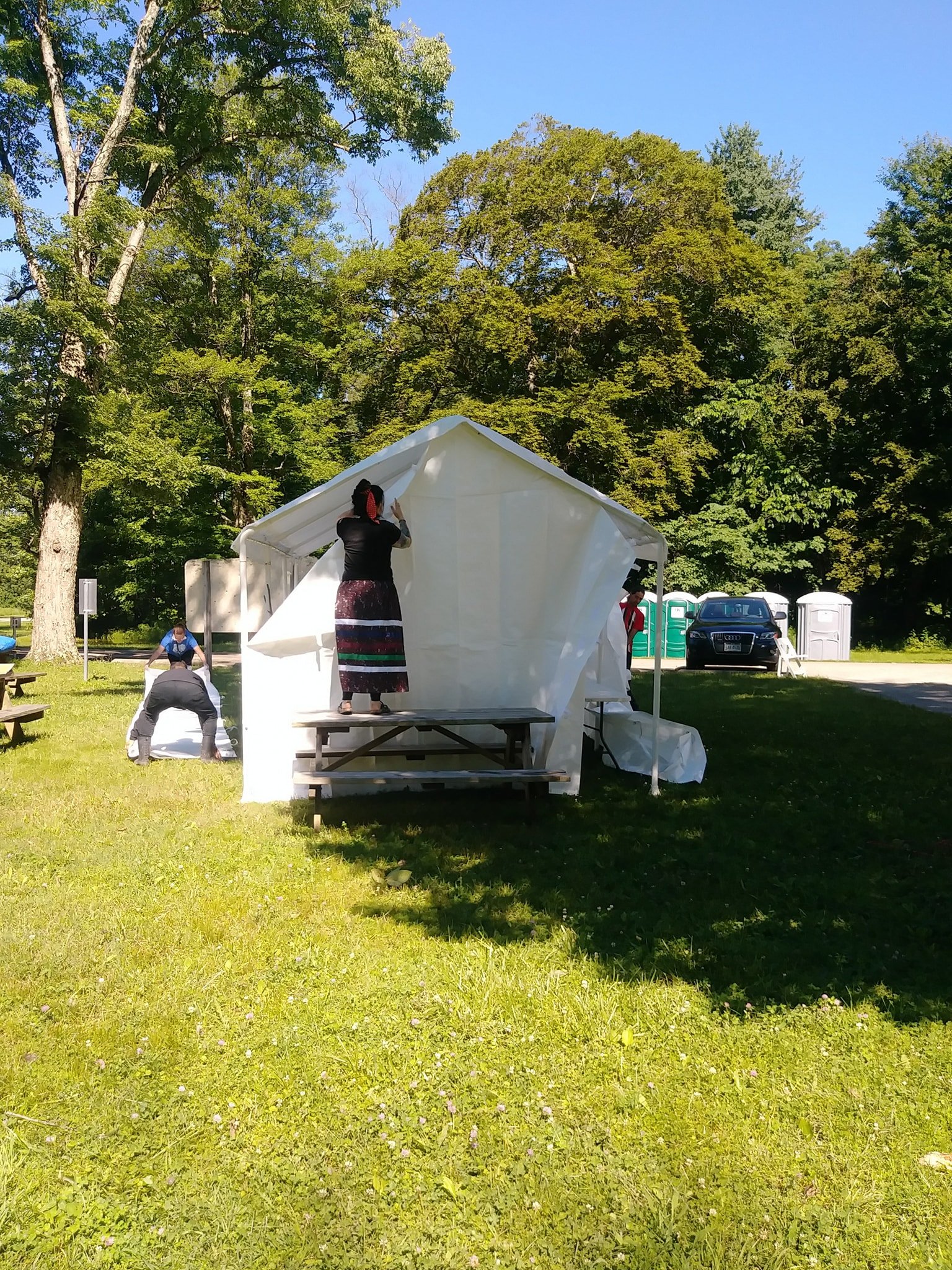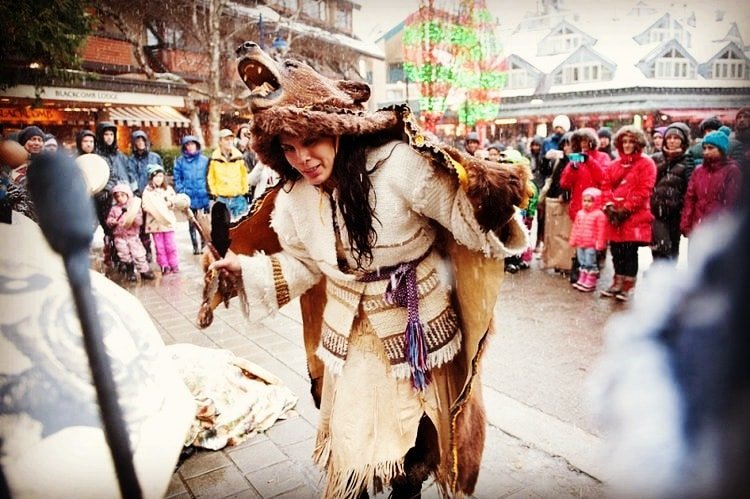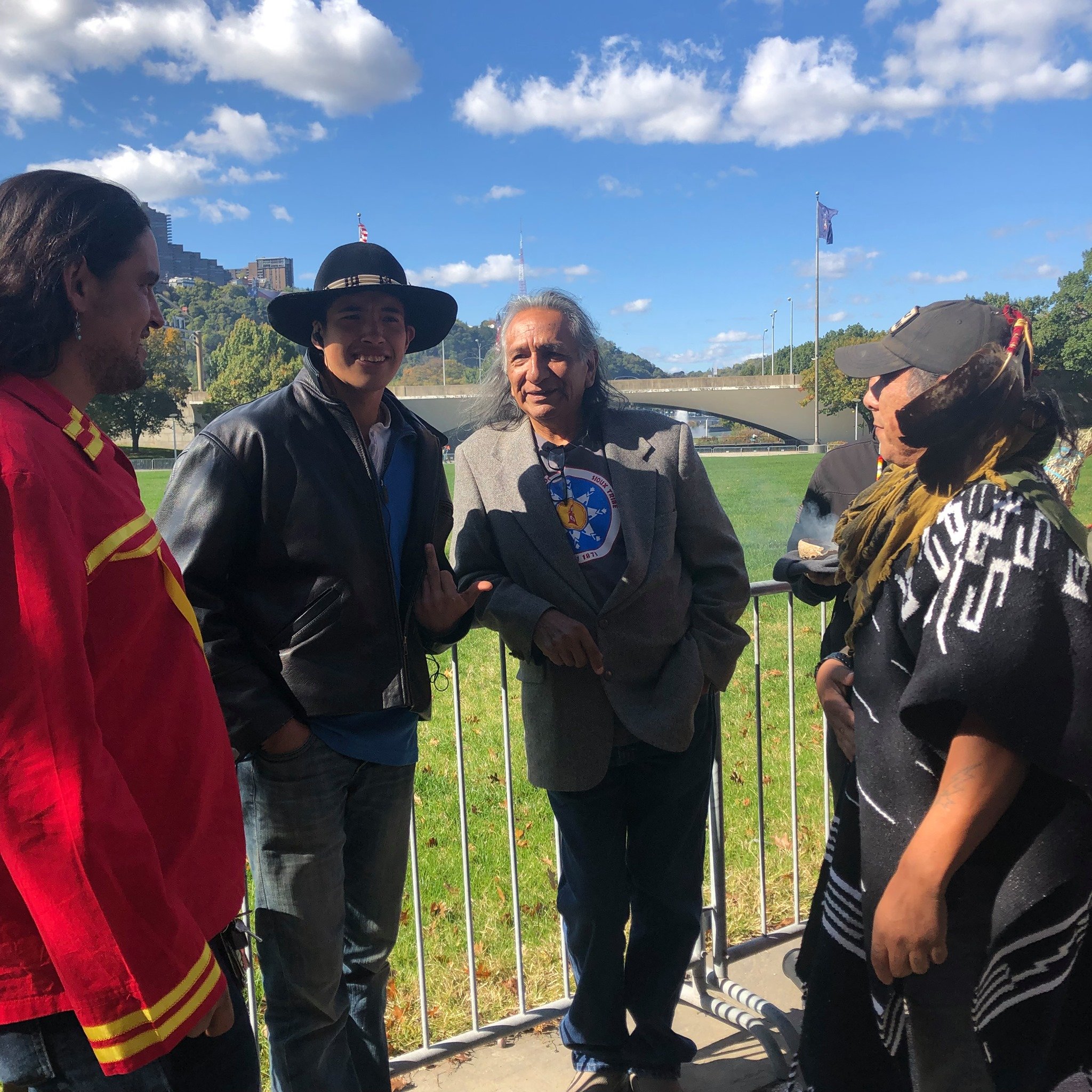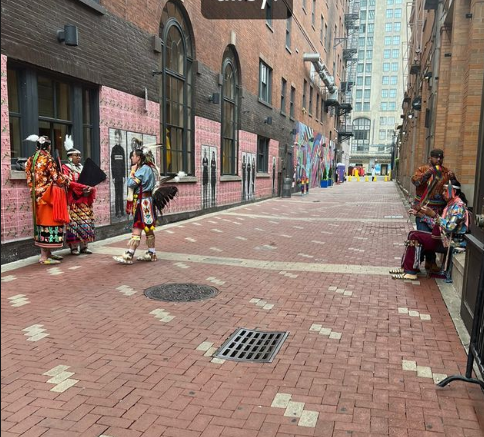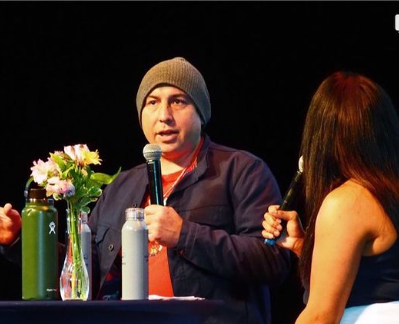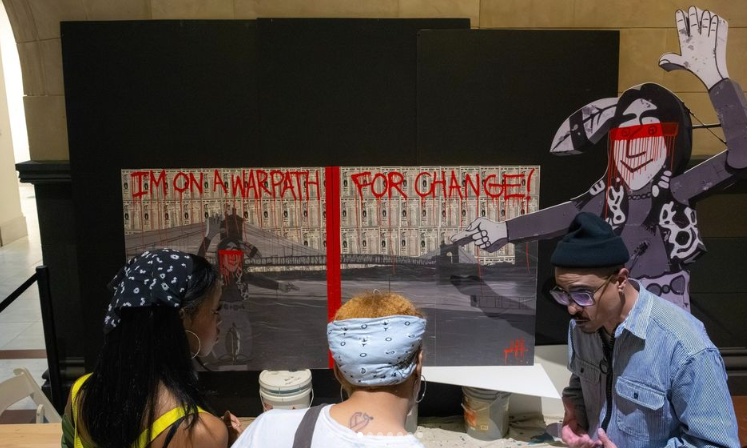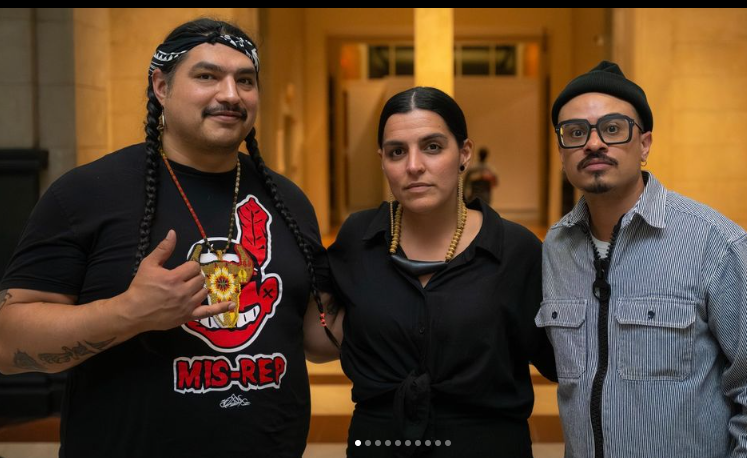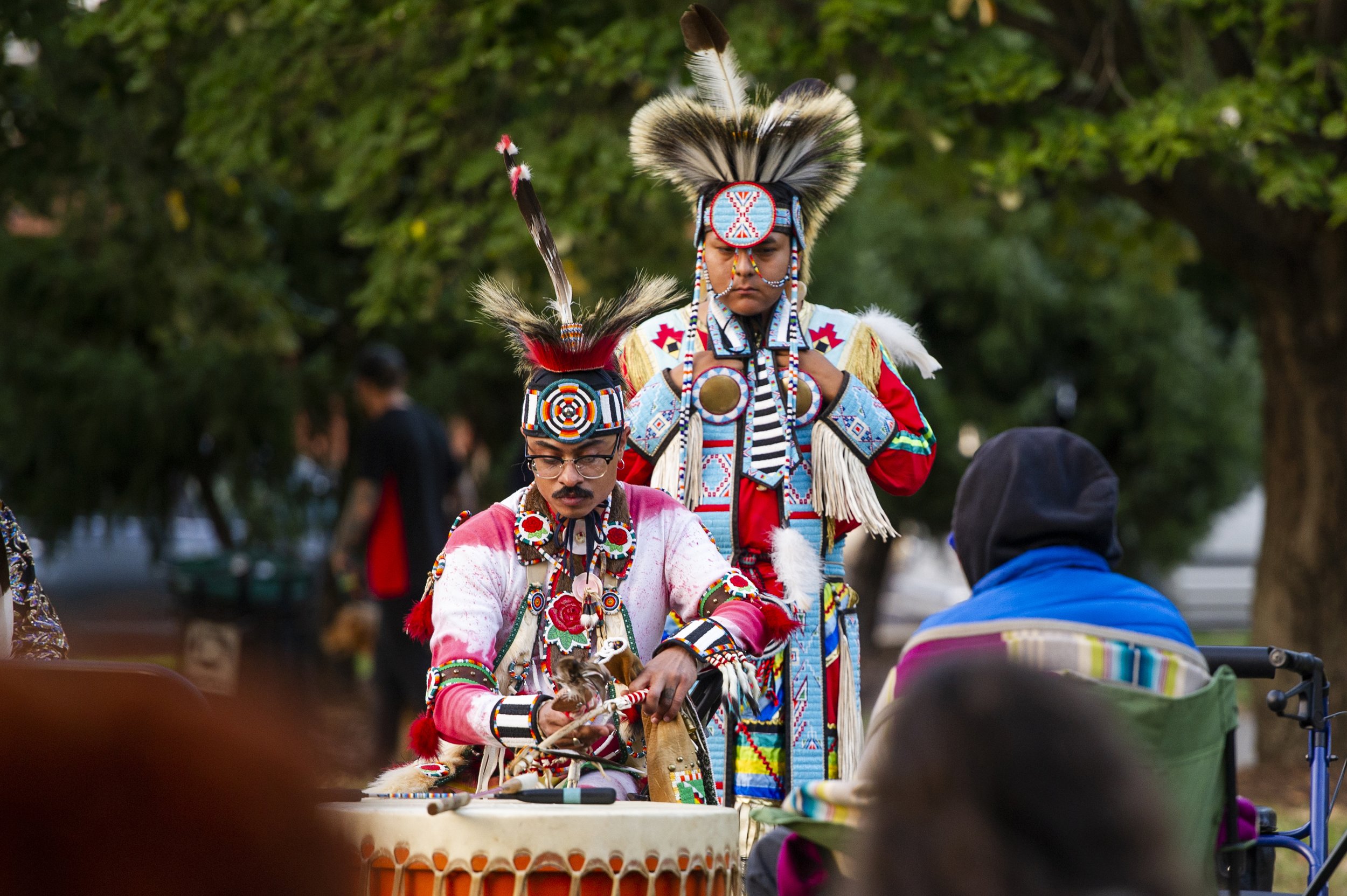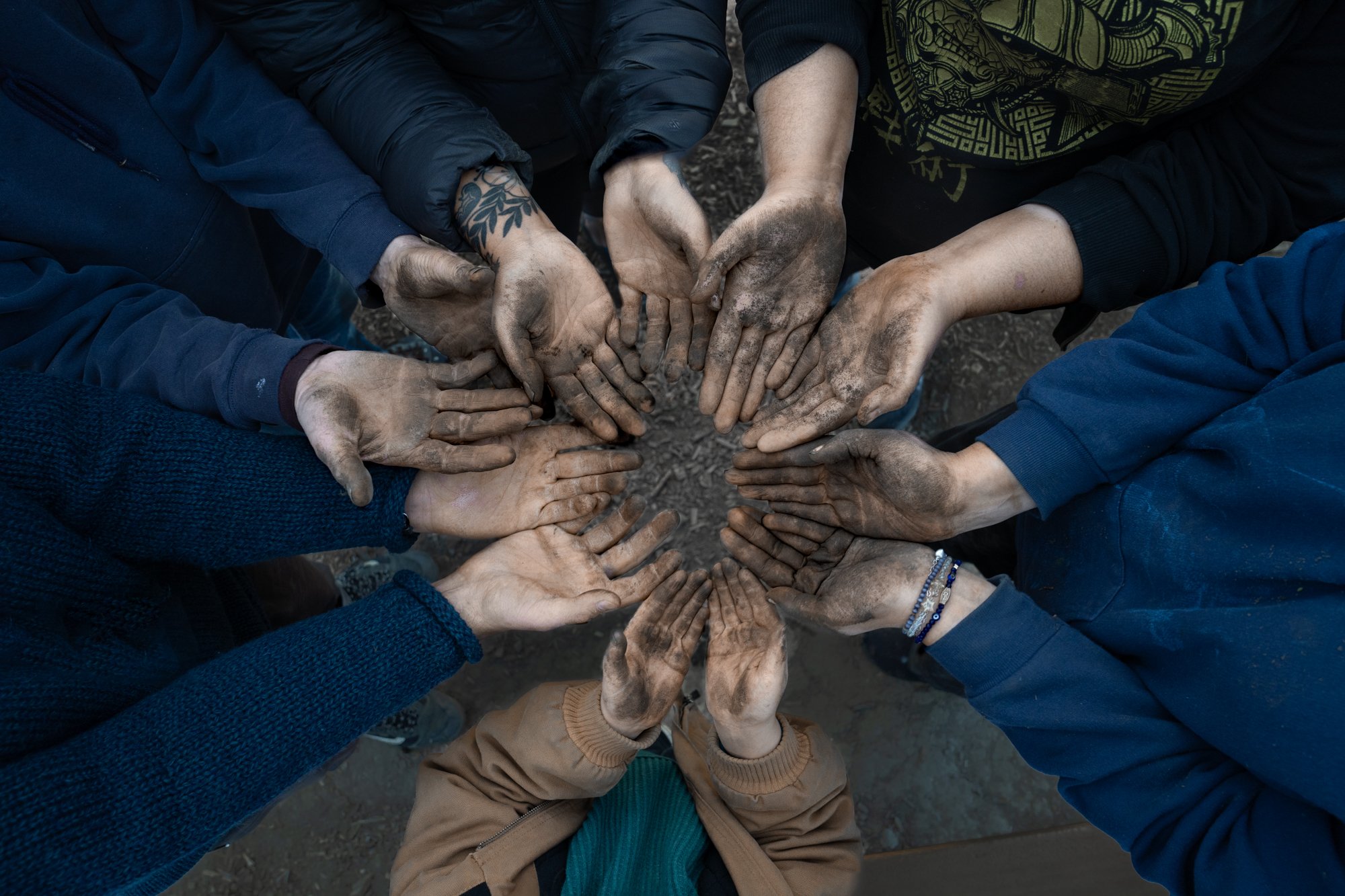Roots of Resilience: the Journey of Urban Native Collective
Unearthing Our Past, Cultivating Our Future
In the heart of Cincinnati, a story of Indigenous unity, perseverance, and transformation unfolds through the Urban Native Collective (UNC). Our narrative, rich with the spirit of collaboration and community, traces back to the vibrant heritage and relentless efforts of those who came before us. From the early endeavors in the 1970s to the pivotal shifts in the 21st century, our origin story is a tapestry woven from the diverse threads of advocacy, cultural preservation, and unwavering commitment to Indigenous voices. As we recount this journey, we honor the sacred teachings and the ancestral resilience that guide our path today, embodying the essence of our transformation from the Greater Cincinnati Native American Coalition to the dynamic force that is UNC. Here, we not only celebrate our evolution but also reaffirm our dedication to fostering a future where the values of land, water, air, and Indigenous sovereignty continue to flourish, driven by the wisdom and endeavors of our community.
As with all great origin stories, ours is a long story with twists and turns, many versions, many names of people, places, and events. As you read, please note that we purposefully leave the sacred teachings out of this writing--keeping them intact where their complete form has been proclaimed by ritual and ceremony. We are grateful for where we are today and the work that we are able to do--let us never forget that none of the work could have been completed without the perseverance, tenacity, persistence,and strength of our ancestors.
It is important to acknowledge the early days of organizing and coalition building. Beginning in the 1970s with Jeanne Marie Brightfire Stophlet (Shawnee/ Eastern Band of Cherokee), - pictured here
Jeanne was the first Director of the Indian Center in Cincinnati and Inter-Ethnic Council of Greater Cincinnati. Her group served Native people and was often the only voice in important efforts from the abolition of mascots to celebrations and gatherings. In the late 1990s the group became an advisory to the city council and mayor’s office and was called the North American Indian Council of Greater Cincinnati. Jeanne Mari Brightfire Stophlet made her journey home on May 22, 2023.
Other seeds of the coalition were planted by leaders like Guy Jones from the Miami Valley Council for Native Americans, among others. The work of these groups addressed racist mascots, land issues such as sacred sites, and also the annual powwows and other celebrations. These leaders still work on these issues today and are an important part of the coalition and serve as advisors.
The Greater Cincinnati Native American Coalition (GCNAC) was sprouted from these and many other planted seeds. In 2015 after conversations about abolishing “Columbus Day,” a gathering was held which included Native and non-Native local leaders. There, at this gathering, a decision was made to formally and legally designate a nonprofit organization that would represent the coalition of individuals and organizations.The seeds of GCNAC were planted. Germinating, with this notion of coalition, we continued to answer the community’s calls for action.
After three years of meetings with City Council members and the Mayor, in 2018, GCNAC pushed through the votes to abolish Columbus Day in Cincinnati, and replace it with Indigenous Peoples Day. Firmly rooted but still growing, in April of 2018 we responded to the Anderson High School mascot issue. After being banned from speaking at Anderson’s school board meeting regarding their racist mascotry, we held our first press conference publicly using the name, the Greater Cincinnati Native American Coalition (GCNAC). In December we had another growth spurt, creating an official steering committee to write the bylaws that would govern the coalition a nonprofit.
We officially became a 501c(3) on January 13, 2019. Six days later the controversy surrounding Nathan Phillips and Covington Catholic occurred, which stemmed from the Indigenous Peoples March in Washington, D.C. GCNAC was the most representative local Native organization to Covington and thus responded to the relentless racist rhetoric and media attention. Since that time, we’ve responded to a number of local issues from, land, water, air, to Indigenous sovereignty and celebration.
Our network of collaborators is ever expanding including both individuals and organizations. The National Underground Freedom Center, the Cincinnati Playhouse in the Park, the Cincinnati Museum Center, Green Umbrella, the North American Indian Cultural Center of Ohio, and Wave Pool, are among some of our local collaborators. Our national collaborations include the Smithsonian’s National Museum of the American Indian, Native Americans in Philanthropy, the National Urban Indian Family Coalition (NUIFC), the American Indian Movement, among others.
In December of 2022, GCNAC underwent some major changes. In March, 2023, under new leadership, GCNAC became Urban Native Collective (UNC). We ended several programs that no longer served the community, such as the Tecumseh House, our partnership with HCAN, and several others. As a response to community harm caused by the former Executive Director, we’ve formulated new programming and partnerships to heal, educate, and support the Indigenous community. As we at UNC continue to expand, we will rely on the advisors, contributors, and community.
Our organization, like any healthy garden, developed from ideas to seeds sown in the Earth with a loose group of community members gathering to respond to calls for action. Today, we are thriving, growing, and a maturing organization with clearer vision, maintaining the path of community health and wellness--feeding the people and planting new seeds. We have not forgotten our origin story or the lessons we’ve learned along the way. Our vision, service, and programming continues to be cultivated and dictated by our community’s needs.




